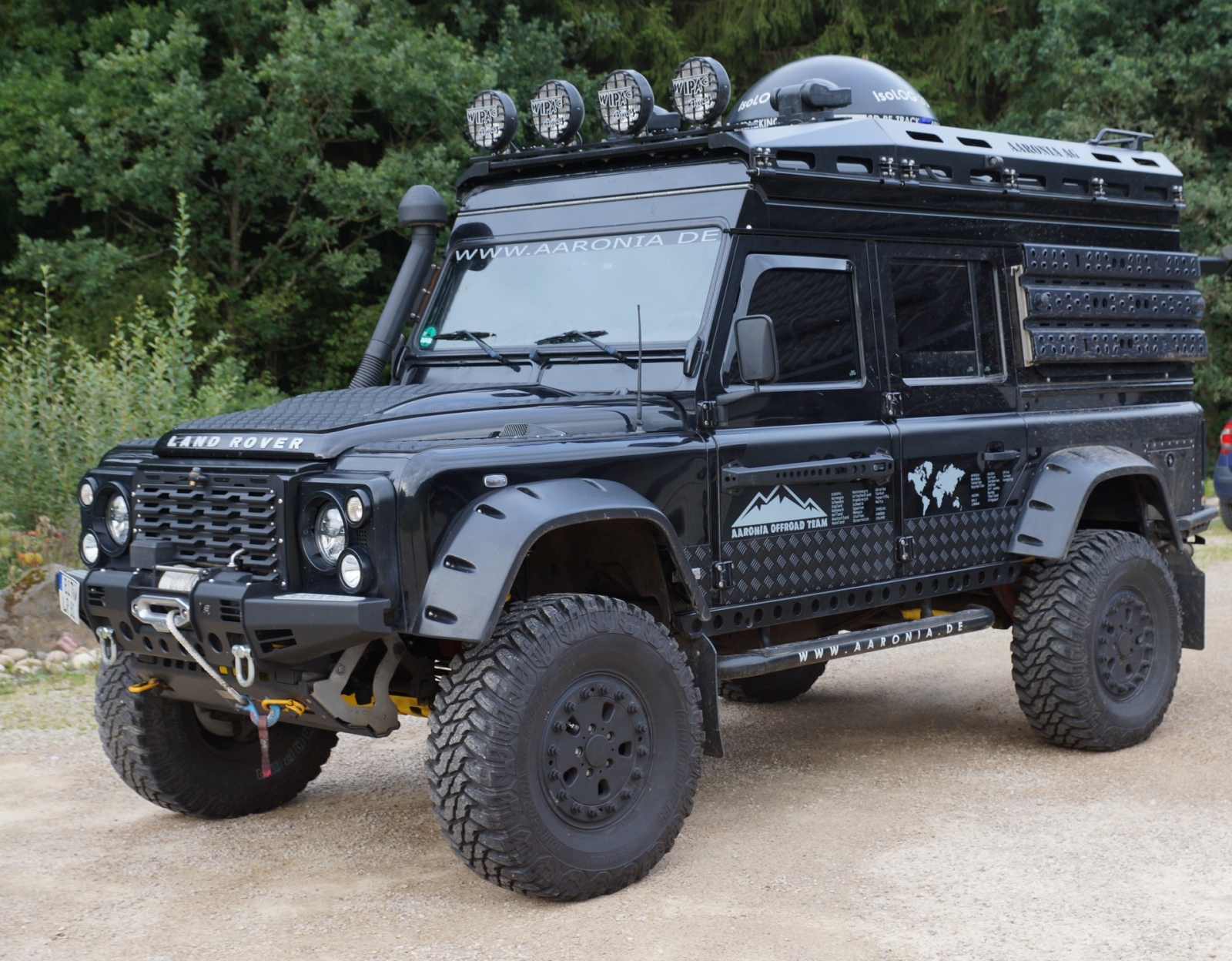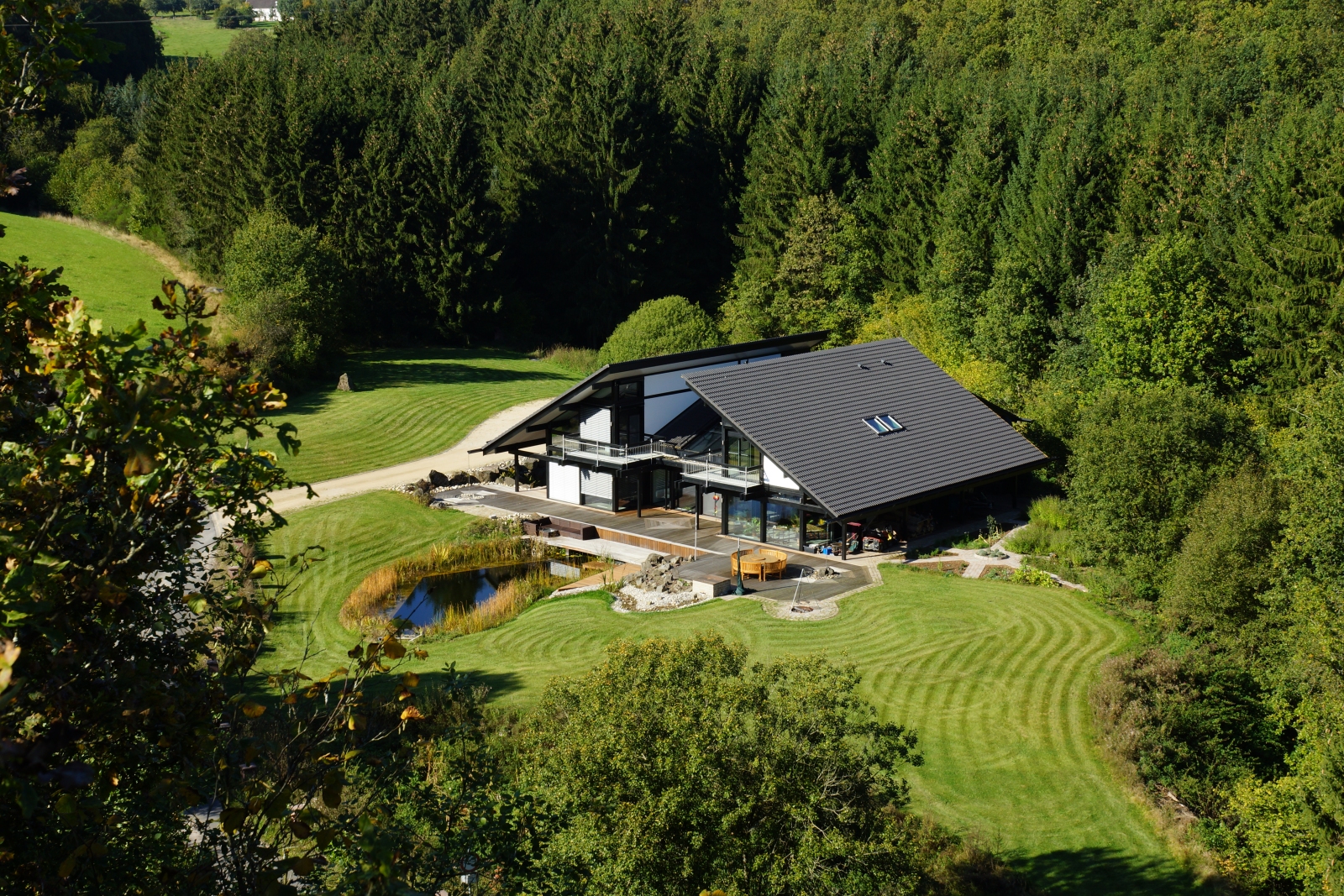I believe your "education" as an engineer was not what would be termed "conventional." Please explain your background.
I started my first business when I was just 15 years old, as I have always been interested in electronics and PCs. Unfortunately, we didn’t have a garage at home, so my bedroom was the place for my creative development.
I tried also to start several graduate studies but I finished none of them. I was completely bored by the subjects and didn’t find them innovative and up to date. So I preferred to start my own business and have the freedom of doing the things I liked the most and turning my inspiration in the direction I wanted to go.
How did you first become involved in the development and commercialization of technology?
My first contact started with PC games. It was the time of the Commodore C64 — you might remember it. ☺ After a while, I felt the urge to program for myself, which led me to build and program hardware and software for my Sinclair ZX81. The first measurement equipment I invented was an AD modifier for the ZX81 with “unbelievably” 8 bits!
Give examples of some of the most interesting products you have developed.
Our first production of the HF-Detektor (a broadband RF meter) opened the way for the company to be what it has become today. From this kind of meter, we have progressed to our most popular products: our SPECTRAN spectrum analyzers. We were the first in the world offering a REAL handheld spectrum analyzer, while some companies insist their 10 kg analyzers are “handheld” analyzers, too.
As well as our SPECTRAN analyzer, our antennas are in great demand. They are sold to and listed by many big brands, like Keysight, Rohde & Schwarz and Viavi Solutions.
What inspires you to come up with new ideas?
That’s a really good question, and I can’t answer it easily. Inspiration comes continuously, like water in a waterfall. I don’t know how, but it works. Maybe it is because of our remote location in the countryside?
We have so many ideas but, unfortunately, we can’t realize all of them because of a shortage of staff. Only 20 percent of our ideas can be realized at the moment. So if you want to help us to implement the missing 80 percent and become a part of our company, just contact us.
Aaronia is primarily known for its spectrum analyzers, which are based on a patented spectrum analyzer process. Please expand on the technology behind the instruments.
It’s not only one patent; there are 12 patents on it! But it’s difficult to tell you anything about it, as it is a “no go” area when it comes to explaining too much about our products. We have to guard ourselves against imitators and copyists. I think everyone will understand that.
Microwave Journal will be publishing a product feature on the new SPECTRAN V5 series in our April issue. Can you give readers a sneak preview of what they can expect?
They can expect a lot of unique features. It’s the world’s first and only handheld real-time spectrum analyzer and offers a real-time bandwidth of up to 175 MHz. Furthermore, we offer real-time I/Q streaming via USB, a very fast sweep mode, which scans 20 GHz in less than 20 ms, and we can offer ultra-fast LO sweeps (μs DDS sweep). Also, the analyzer is extremely compact and lightweight, and the touch display has a high resolution. Together with our recording software RTSA Suite, the SPECTRAN V5 is becoming an unbeatable team. I think it will inspire every engineer, semi and professional user.
Visitors to shows will have seen your Land Rover fitted out with the company’s products. Do you find this practical, hands-on approach has greater impact than the more "conventional" approach?

Our Land Rover is an absolute eye catcher, and I think it distinguishes us as a modern company — distinctive from other companies. The vehicle is not only an exhibit; we also present our off-road tours online to our customers and social media followers.
Such campaigns will be remembered and demonstrate the practical use of spectrum analyzers, antennas and their accessories. Besides, our products face the absolute challenges of the real world. We test them in practice under actual conditions, not only in laboratories, so we want to share our experiences with our customers. So yes, all in all, it is practical and modern compared to the “conventional” approach.
Your facility in Strickscheid, where you live and work, is in the German countryside. Does such a tranquil location help how you work and are there logistical problems with being remote?

Absolutely, such an environment does help to work and invent. The peaceful location inspires a lot and, as there is very low radiation at our location, we can offer the best calibration service for our analyzers and antennas. Logistic problems are low. All our delivery services know us well, and only in exceptional circumstances do logistical problems occur. But I think it will be the same in every other company.
What are your plans for expansion of the facility?
At the moment, our new warehouse is going to be built, so in the future we will have more space for our products. Also, our new headquarters is under development, as our company is growing rapidly, and we will need more space for the employees, inventions and other projects. We are getting a whole new large company building and even the land around the new buildings has been changed to an industrial area to realize our project. As the local Internet is not fast enough, we have also installed two brand new Gigabit-Link towers for high speed Internet connections, to support our customers even faster, nearly in real-time. ☺
Geographically, what are Aaronia’s key markets, and are there big differences between doing business in the traditional "western" markets vs. newer markets such as China and India?
Ever since we began selling worldwide, it’s difficult to point out a key market. Every country and continent is ultimately interested in the same products: measurement equipment. So it doesn’t matter whether the customer is from China, Australia or Germany. The inquiries we receive are generally the same, and we are able to support our customers all in the same way, regardless of country and origin.
Since its inception, Aaronia has grown its product portfolio and reputation. How do you plan to maintain both in the future?
We try to remain true to ourselves and our customers. Keeping the balance between quality, customer support and inventing new products is our main concern.
Are there new markets you want to explore?
Somehow, our focus has moved from just the invention and selling of single products into delivering solutions for our customers. For example, in a recent tender a customer needed a solution for remote measurements to detect pirate radio stations and demodulate AM/FM signals at airports. The SPECTRAN RSA remote spectrum analyzer was their first choice, and with some customized modifications we have been able to win this tender.
We also recently introduced the SPECTRAN RF view system. This “RF camera system” offers a graphical visualization of RF emissions, such as antenna radiations and EMC measurements in unlimited resolution and scaling in real-time.
Last, but not least, the newest market we explore is the RF detection of drones. The Aaronia RF and radar detector is based on the IsoLOG 3D antenna, SPECTRAN V5 and specialized 24/7 monitoring software.
